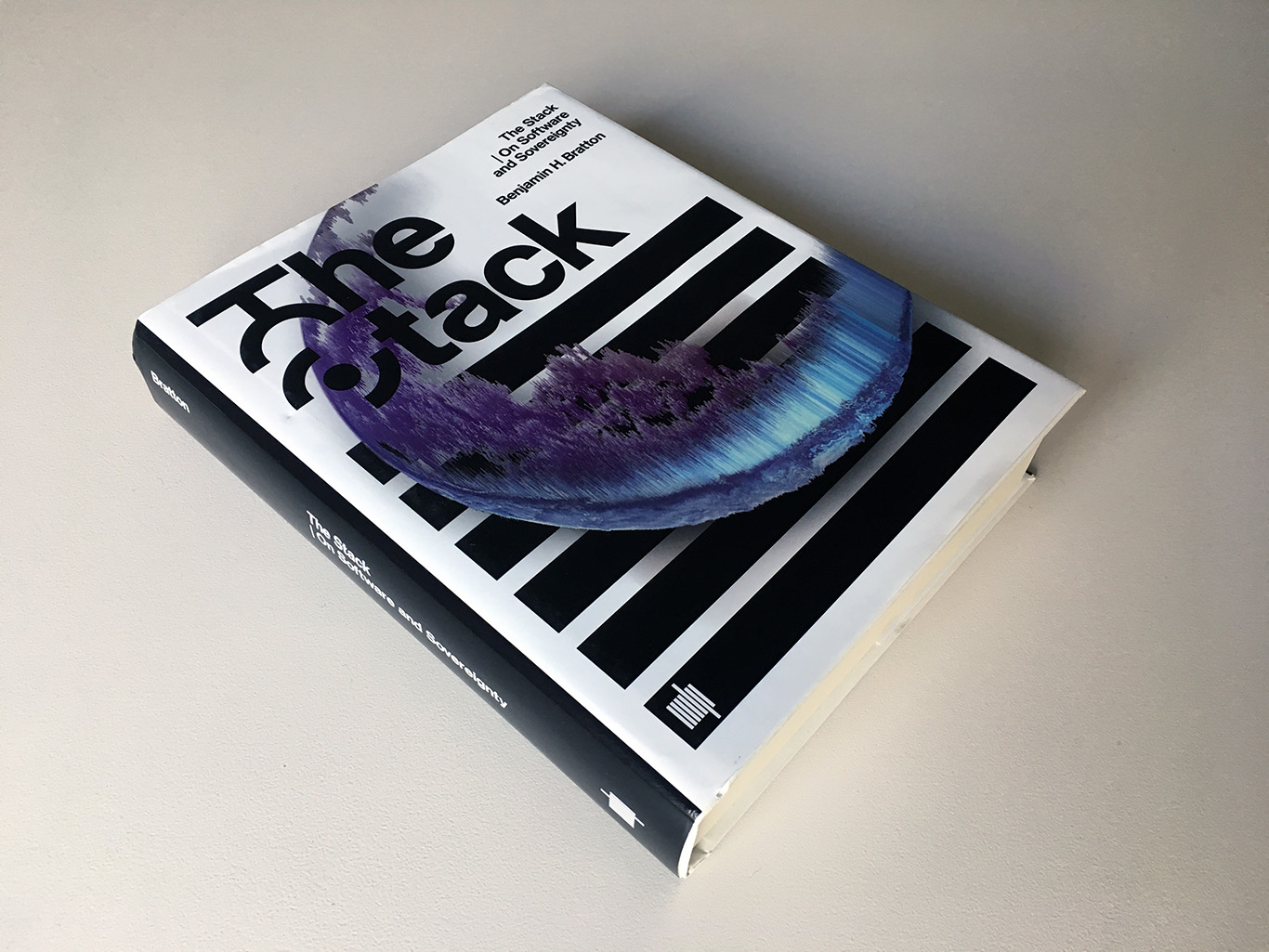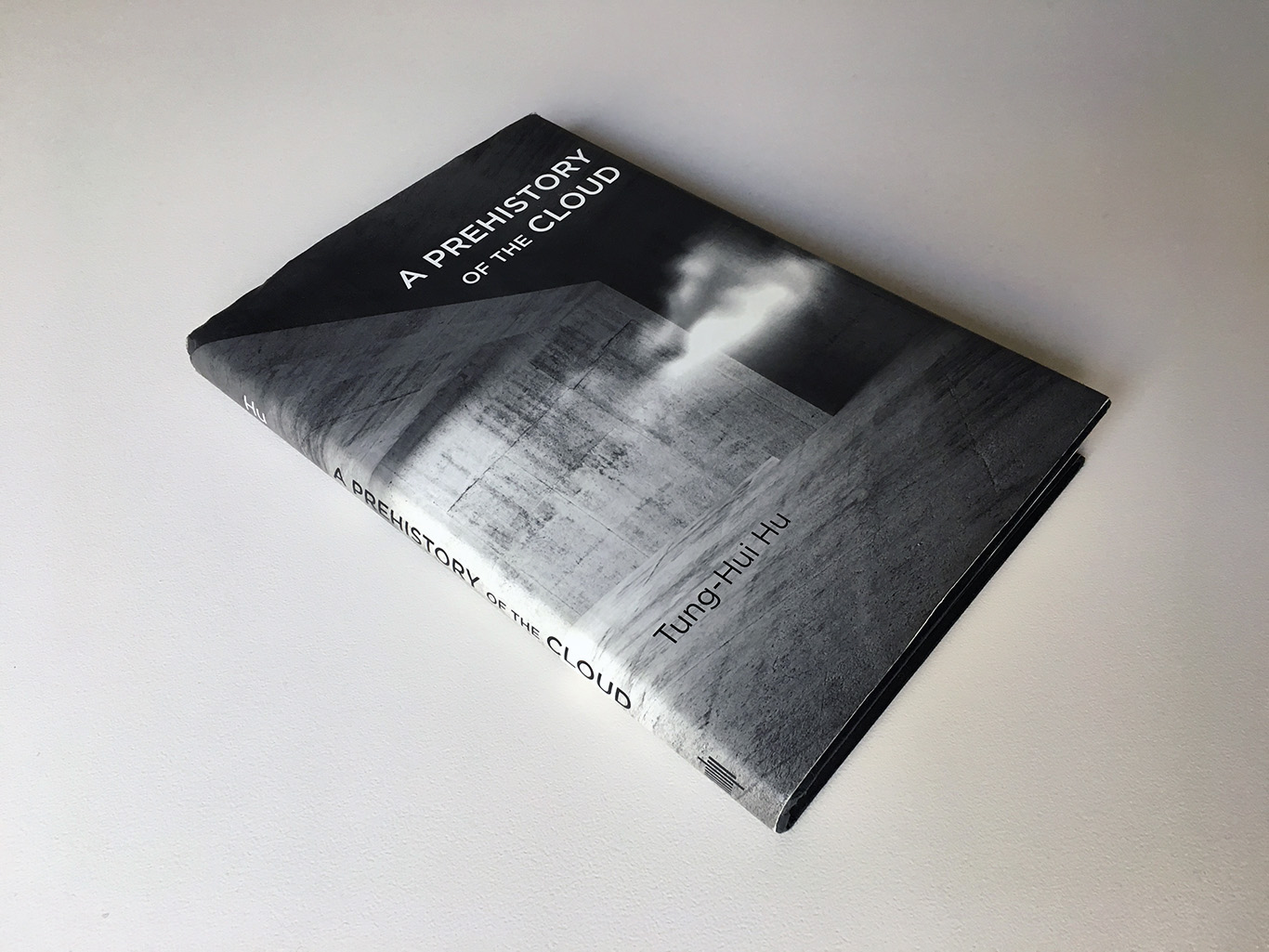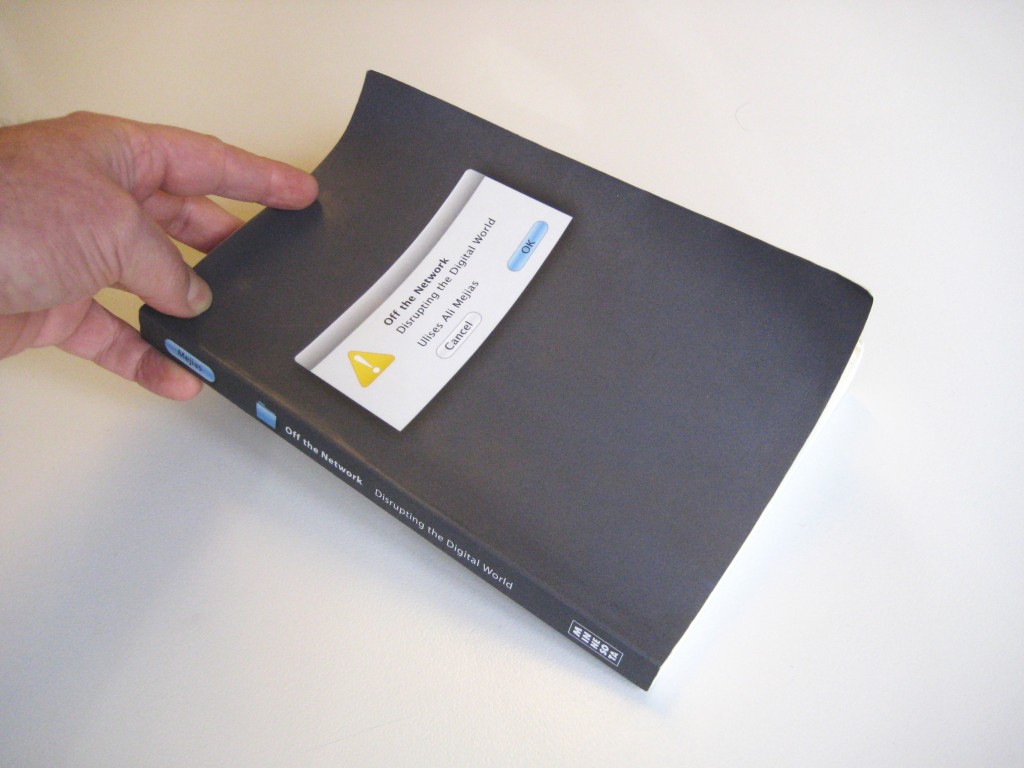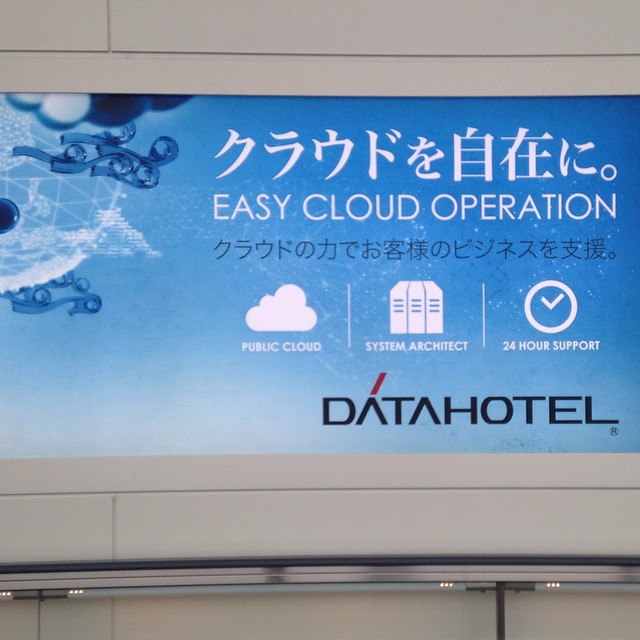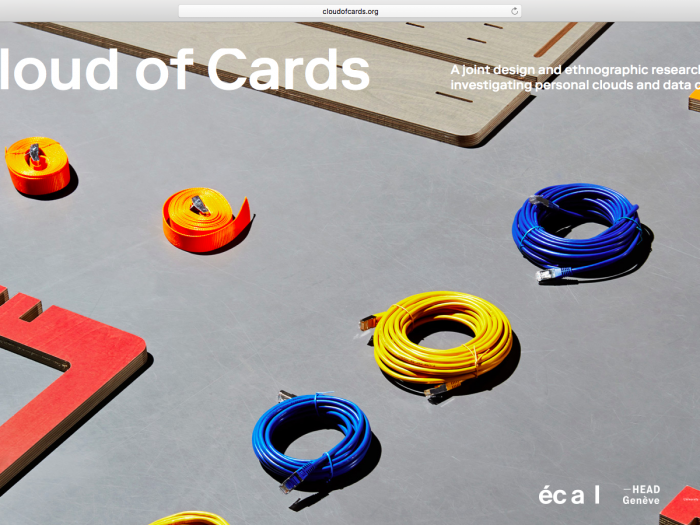“(…). In an account that is both theoretical and technical, drawing on political philosophy, architectural theory, and software studies, Bratton explores six layers of The Stack: Earth, Cloud, City, Address, Interface, User.
Each is mapped on its own terms and understood as a component within the larger whole built from hard and soft systems intermingling — not only computational forms but also social, human and physical forces. This model, informed by the logic of the multilayered structure of protocol “stacks”, in which network technologies operate within a modular and vertical order, offers a comprehensive image of our emerging infrastructure and a platform for its ongoing reinvention. (…).”
Note: recently published by the MIT Press — as well as quoted as a work in progress by Lucien Langton in a post back in 2015 — comes this book by Prof. Benjamin H. Bratton.
It consists in a comprehensive analysis, both technical and phylosophical of what we could call “The Cloud”, yet what Bratton describes as a world scale “stack” consisting in 6 layers: Earth, Cloud, City, Address, Interface, User (and which interestingly is not so distant to our own approach considering the user, the interface, the infrastructure and the territory).
